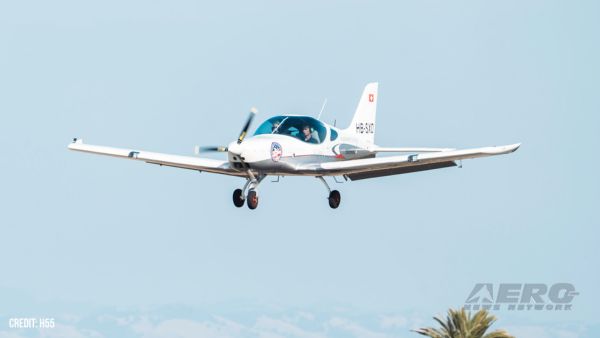Adds Planners Must Acknowledge Legacy Carriers May Fold
Noting that leading low-cost airlines with a preference for
small, inexpensive airports are now the largest airlines in the
United States and Europe, one expert on airport design and
operations says airport planners in major metropolitan areas need
to accept this paradigm shift and build flexibility into airport
design.
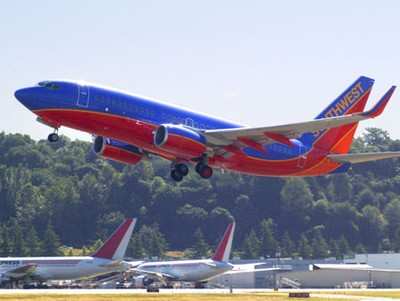
Professor Richard de Neufville is with the Department of Civil
and Environmental Engineering at Massachusetts Institute of
Technology. He states airport planners have been slow to grasp the
reality that the business model of their largest customers has
changed dramatically.
Low-cost airlines require terminals about half the size of those
of the legacy airlines, because they use space more
intensively—shared gate lounges, and none or few retail shops
and restaurants. The reduced commercial activity results in fewer
airport employees going through security checks and helps cuts
passenger turnaround time in half.
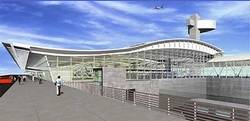 "Airport planners are
still building airports with fancy architecture and lots of retail
space, but the low-cost airlines often won’t use them. And
the low-cost airlines are not necessarily small anymore; they are a
growing sector that represents the future. They want smaller,
cheaper airports that increase efficiency," said de Neufville, who
added that, in general, smaller airports have fewer ground and air
traffic control delays than large airports.
"Airport planners are
still building airports with fancy architecture and lots of retail
space, but the low-cost airlines often won’t use them. And
the low-cost airlines are not necessarily small anymore; they are a
growing sector that represents the future. They want smaller,
cheaper airports that increase efficiency," said de Neufville, who
added that, in general, smaller airports have fewer ground and air
traffic control delays than large airports.
In a recent issue of Transportation Planning and Technology, de
Neufville states that the largest carriers in the US domestic and
European markets are now low-cost airlines that have outpaced the
traditional large legacy airlines in terms of market
capitalization, airplanes owned (as opposed to leased), and newness
of aircraft. To meet the needs of these new industry leaders,
airport planners should rely on flexible design, so that a
terminal’s shape can be altered, say by building and tearing
down walls, or expanding up or out.
De Neufville recommends flexible design that encourages airport
planners to recognize that major airlines may go out of business,
air traffic patterns and distribution may change or move to another
airport, and incoming airlines may well reject the facility vacated
by a previous customer. The solution is to think through the likely
possible scenarios, anticipate responses to those, and incorporate
maneuverability into design and operations. This may prevent
business failures, such as expensive new terminals designed
specifically for legacy airlines that later declare bankruptcy,
leaving empty space that low-cost airlines won’t use.
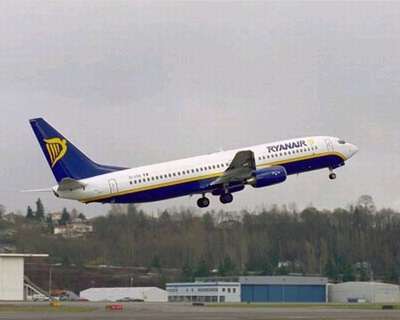
"The traditional airport design process is based on a
‘most-likely forecast’ that ignores uncertainties.
These forecasts are always wrong, in that the actual level of
traffic in five, 10 or 20 years and the types of traffic occurring
are routinely very far off from original predictions,” he
said. "This can lead to some very embarrassing situations and
expensive failures for airport owners."
According to de Neufville, the new JetBlue terminal at New
York’s JFK Airport will serve twice the number of passengers
(20 million per year) as the recently built international terminal,
using just half the space. The new building will cost about the
same as Delta’s new terminal at Logan Airport (roughly half a
billion dollars), but it will serve four times as many
passengers.
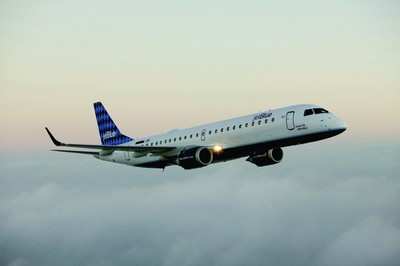
At Logan, JetBlue processes about 0.5 million passengers per
gate, about twice the number of its neighbor, Delta.
 NTSB Final Report: Douglas A-4K
NTSB Final Report: Douglas A-4K ANN FAQ: Q&A 101
ANN FAQ: Q&A 101 Classic Aero-TV: PBY Catalina--From Wartime to Double Sunrise to the Long Sunset
Classic Aero-TV: PBY Catalina--From Wartime to Double Sunrise to the Long Sunset ANN's Daily Aero-Term (07.01.25): Advanced Air Mobility (AAM)
ANN's Daily Aero-Term (07.01.25): Advanced Air Mobility (AAM) ANN's Daily Aero-Linx (07.01.25)
ANN's Daily Aero-Linx (07.01.25)






